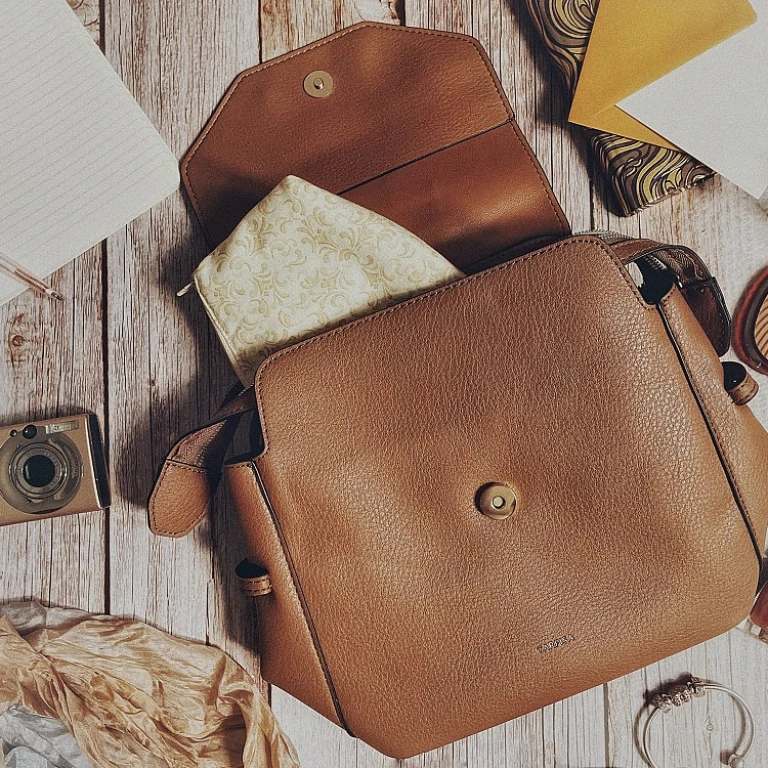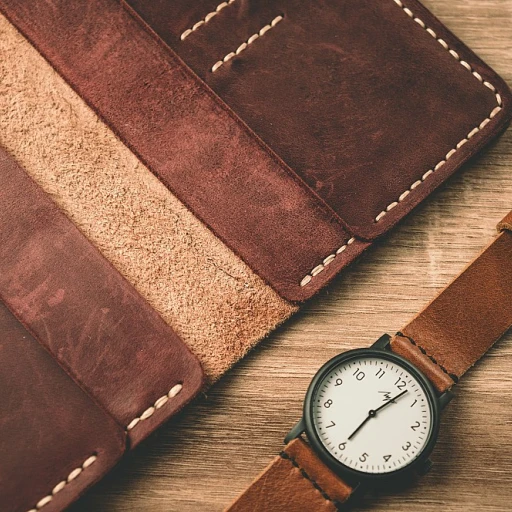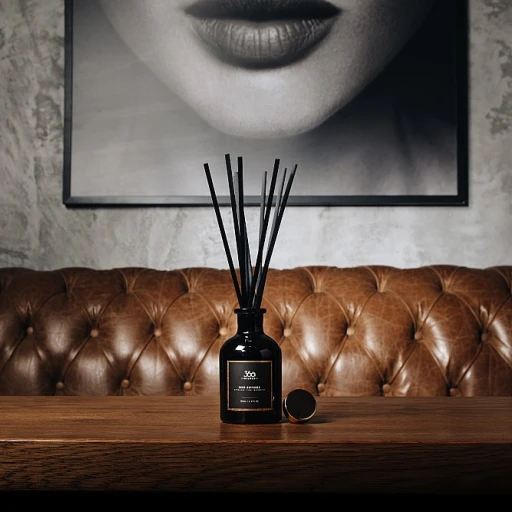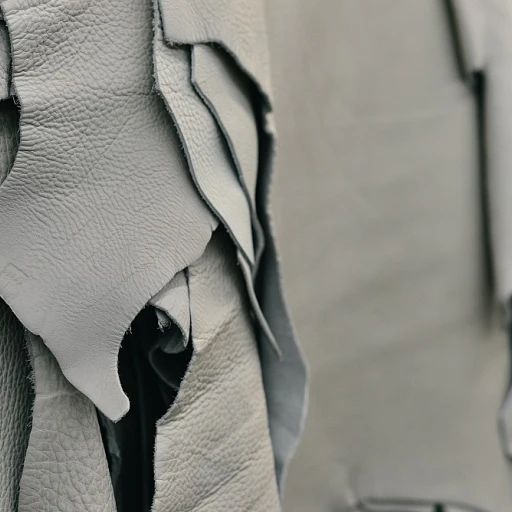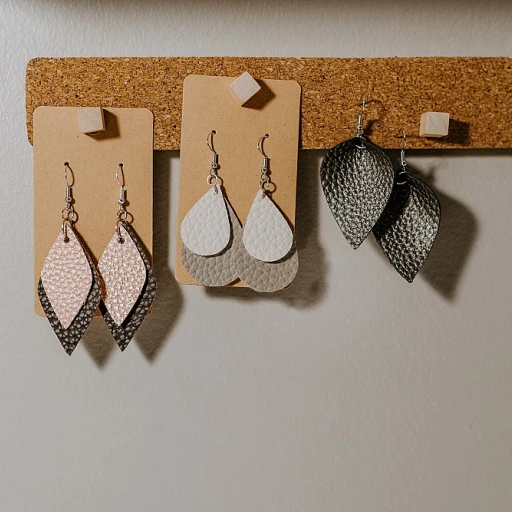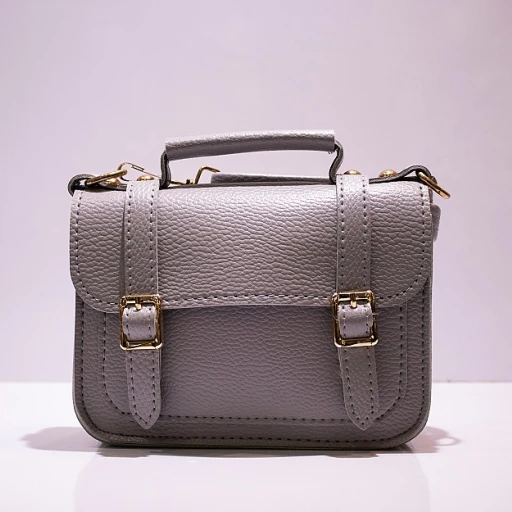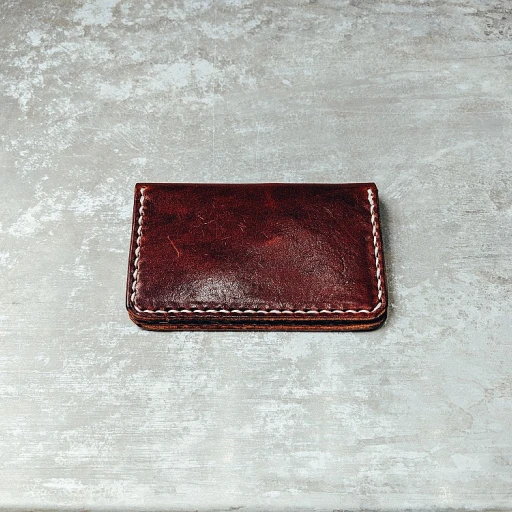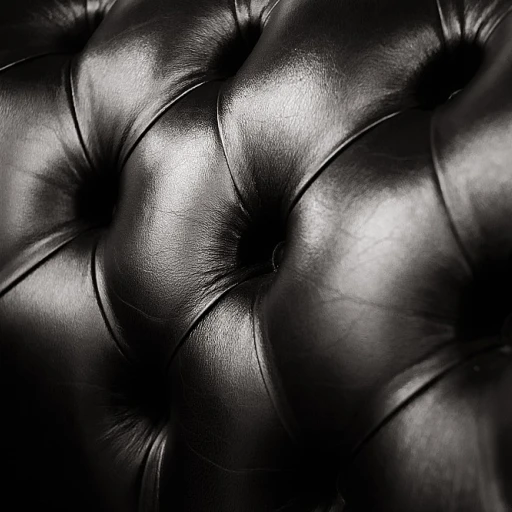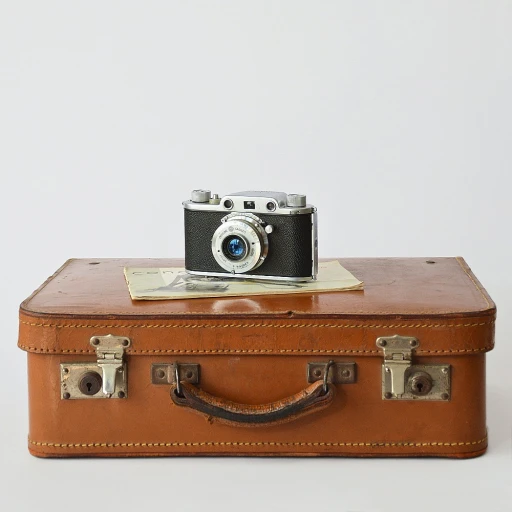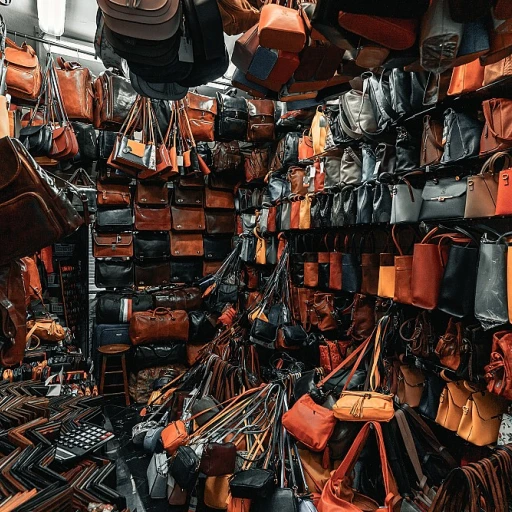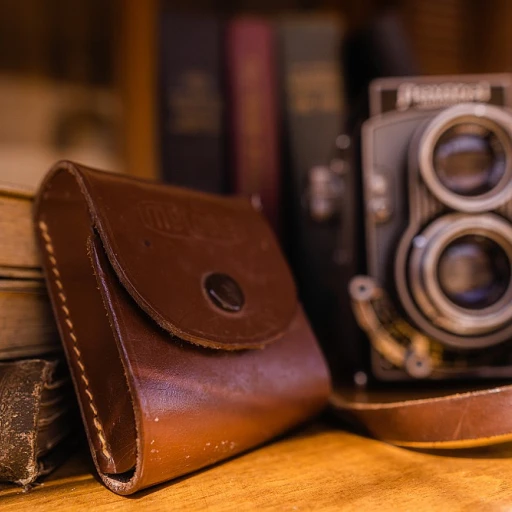
Understanding the Leather Purse Template
Decoding the Design: A Closer Look at Leather Purse Blueprints
In the world of luxury leather, the template for a purse is where elegance begins its journey. A leather purse's design is not merely about fashion; it's about embodying sophistication through carefully curated patterns and precise measures. Understanding the nuances of a leather bag template is essential for both aspiring designers and discerning consumers who crave a masterpiece. The most crucial aspect of a leather purse template is the bag pattern. Whether it's a tote bag or a clutch, these patterns define the craftsmanship that transforms simple leather into art. From the detailed paper pattern to the advanced dxf or pdf patterns, each template provides a different view, offering the full scope of creating something uniquely original. Even acrylic templates play a significant role by offering a durable and reusable guide for cutting leather with precision. When it comes to patterns, the details embedded within the template significantly influence the bag's price. An intricate pattern original or a pattern pack often demands a higher regular price or unit price due to the complexity and artistry involved. However, price sale opportunities do arise, allowing consumers to attain these luxurious items at a more current price. Templates are not just about following a pattern; they bring life to the leather. Each pattern regular or pattern leather forms the blueprint from which a leather purse takes shape. As seen in repeated patterns, they allow for consistency in production while offering room for customization, setting the foundation for a timeless piece that reflects both skill and personal touch. Reviewing the current market for leather goods can give insights into the use of templates and their impact on a tote bag's appeal, both in its original price and sale dynamics.The Role of Craftsmanship in Luxury Leather Goods
The Essence of Detail and Precision
The role of craftsmanship in shaping luxury leather goods is profound and multifaceted. At its core, craftsmanship isn't just about producing a bag or purse—it's about rendering leather into an art form through meticulous attention to detail and precision, akin to mastering the art of leather trimming (link to essential tools for luxury creations).
When examining a luxury leather purse, one observes the perfect blend of artistry and functionality, born from skilled hands that understand the significance of each stitch. The craft is defined by several key elements, often setting apart a regular leather bag from a luxury purse:
- Attention to Patterns: Whether it's a complex geometric bag pattern or a subtle leather pattern, each design choice adds value. The interplay of patterns, often detailed by an original or a PDF pattern, enhances the purse's appeal.
- Use of Templates: The precision of an acrylic template or paper pattern allows artisans to produce units with consistent quality. This reliability in replication ensures each unit price justifies the investment for the discerning buyer.
- Quality Materials: Genuine leather, meticulously treated and crafted, serves as the canvas. The texture and durability offered by premium materials elevate the product beyond the regular.
Despite the widespread use of technology in modern crafting, the touch and intuition of skilled artisans remain irreplaceable. Each leather bag is a narrative of expertise, where the process—from choosing a pattern pack to executing a detailed dxf—reflects the artisan's emotional and physical labor.
Moreover, investing in luxury is also about appreciating these intricate details and the painstaking process involved in bringing them to life. In a competitive market where the sale price and current price fluctuate, the craftsmanship endures as a constant testament to quality and sophistication. The original price or sale price becomes relative to the lasting impact the piece has on its owner.
Choosing the Right Materials for Luxury Purses
Material Choices: A Luxurious Palette
In the realm of luxury leather purses, selecting the right materials is crucial not only for aesthetics but also for durability and longevity. The decision-making process involves meticulous attention to detail, ensuring that every aspect from texture to color and finish aligns with the brand's ethos and the purse's intended design.- Types of Leather: Different types of leather, such as full-grain and top-grain, provide distinct characteristics. Full-grain leather retains the natural texture and imperfections of the hide, often considered the epitome of luxury. Meanwhile, top-grain leather offers a sleeker finish. Choosing between these involves considering the purse's purpose, be it a tote bag for everyday use or a statement leather bag for special occasions.
- Patterns and Templates: The choice of patterns plays an integral role in the crafting process. Leather pattern PDFs and acrylic templates provide blueprints that guide the cutting and assembling phases. These tools ensure consistency in manufacturing while allowing room for creative freedom beyond the original design. Moreover, using paper patterns or leather pattern packs can ease mass production and maintain detailed craftsmanship.
- Cost and Availability: Material cost is a key factor affecting the bag's price, influencing both the sale price and the regular price. Premium leathers come with a higher price tag, yet the investment is justified by their superior quality and timeless appeal. Regular updates on unit price and current market trends can inform decisions around material purchases.
Sustainability in Leather Goods Production
Embracing Sustainable Practices in Leather Goods
Sustainability in luxury leather goods is not merely a trend; it is slowly becoming integral to design and production processes. This shift towards eco-friendly practices is vital as the industry strives to balance luxury with environmental responsibility. To achieve this balance, certain approaches are being embraced:- Material Sourcing: Selecting suppliers who provide ethically-sourced leather ensures a low-impact production cycle. Although the regular price for sustainably-produced leather may surpass traditional units, the investment reflects higher quality and ethical standards.
- Innovative Patterns: Designers are now often incorporating recycled or upcycled materials into their leather bags. Patterns once limited to original paper templates are now shared via pdf formats, making them accessible for wider use and allowing for reduced waste. Such pdf patterns serve as a new foundation, replacing outdated paper patterns.
- Production Adjustments: The industry is witnessing a shift in how totes and purses are crafted – from artisanal to full-scale production with a green emphasis. Leather artisans use acrylic templates and dxf files to cut with precision, reducing leather waste and thereby lessening the environmental footprint.
Customizing Leather Purses: Beyond the Template
Elevating Personal Style with Bespoke Leather Accessories
For the discerning individual, a leather purse isn't merely a functional accessory; it's a statement of identity and personal taste. Customizing leather purses allows owners to transcend the constraints of regular patterns and explore a realm where imagination meets craftsmanship.
Customization options are ample, offering choices that range from selecting a bag pattern to tailoring specific details. Whether it's opting for a unique pattern or altering a classic template, customizing provides a canvas for creativity.
- Exclusive Patterns: Leather enthusiasts can go beyond the regular and choose from an array of exclusive patterns. Options like pdf patterns, dxf designs, and paper patterns enable a unique aesthetic from the very first sketch.
- Materials and Texture: When selecting materials, one may decide on full-grain leather for a durable, timeless look or opt for a softer unit for a more luxurious feel. Details such as tote handles or intricate stitching can be customized to align with individual style preferences.
- Design Intricacies: The intricacies involved in customizing range from the practical to the purely decorative. Consider choosing acrylic templates for precision or adjusting the pattern to have that original touch.
Moreover, the concept of price customization exists within bespoke creations. From regular to sale prices, and from original to current prices, these variables reflect the flexibility and exclusivity offered to customers.
This personal touch in leather goods doesn't just create unique handbags; it fosters an emotional connection, often transforming a simple leather bag into an heirloom. However, keep in mind that these customized pieces can influence the market dynamics, sometimes making them challenging propositions in terms of price and sale strategies.
Challenges in the Luxury Leather Goods Market
Overcoming Market Hurdles for Luxury Leather Purses
The world of luxury leather goods, much like that of crafting an elegant leather purse, is riddled with challenges that need to be deftly navigated to maintain a high standard of product excellence and market relevance. Understanding these hurdles helps stakeholders strategically maneuver through the competitive landscape, staying ahead of both trends and traditional practices.- Rising Raw Material Costs: With the demand for high-quality leather increasing, the current price of leather as a raw material has soared, impacting the regular price and ultimately the sale price of luxury units. Every leather bag must balance price point with quality to achieve desired sales, making the choice of materials discussed earlier, crucially significant.
- Market Saturation: The luxury leather goods market is flooded with a plethora of patterns and styles. From tote bag styles to intricate leather purse details, maintaining originality is essential. Even with an acrylic template to create regular patterns, ensuring the design stands out amidst a saturated market calls for innovative craftsmanship.
- Imitating Authentic Patterns: Copying established patterns and templates, available even in paper pattern or PDF format, is another challenge. The integrity of the leather pattern requires the continuous development of unique patterns and the utilization of original design concepts like DXF files to retain authenticity.
- Sustainability Concerns: Sustainability in the production of luxury leather goods remains a pressing issue. Crafting a pattern pack for a leather bag that adheres to sustainable practices without compromising on pattern leather quality presents a significant challenge. Incorporating full view sustainable methods while producing a leather purse that maintains its luxury status is key.
- Fluctuating Consumer Preferences: As consumer preferences evolve, the challenge lies in adapting designs and functionalities beyond the bag paper template, while retaining essential luxury details evident in iconic patterns. The original price versus the sale price must reflect not only the craftsmanship but also the trending appeal of the patterned product.
